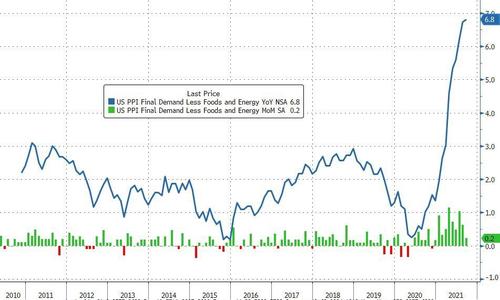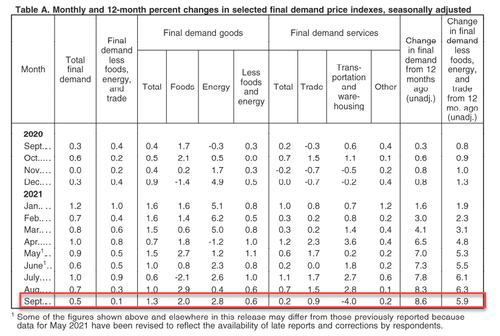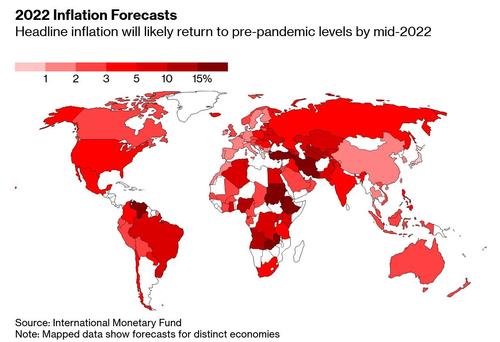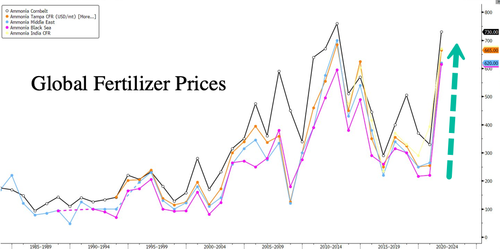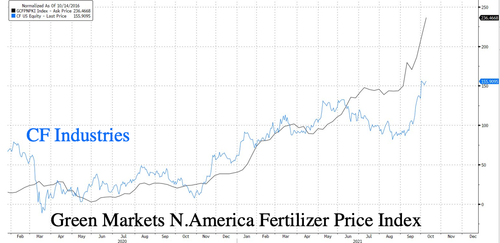
The debt ceiling debate in U.S. Congress and related political nonsense brings even more to light the exponential growth in US federal government debt. US government debt has doubled in the 10 years since the last major debacle Congress created over raising the debt ceiling back 2011. The debate and Congress’s unwillingness to increase the limit back in August 2011 resulted in declining equity markets. It also resulted in Standard and Poor’s downgrading U.S. debt to AA+ from AAA!
The Political Standoff
The political standoff over raising this arbitrary restriction of how much debt the US can issue has become just another political lever in the dysfunctional Congress. As Secretary Yellen points out…
Raising the debt ceiling doesn’t authorize additional spending of taxpayer dollars. Instead, when we raise the debt ceiling, we’re effectively agreeing to raise the country’s credit card balance, and in this case, 97% of that balance was incurred by past congresses and presidential administrations. Even if the Biden administration hadn’t authorized any spending, we would still need to address the debt ceiling now. Raising the debt limit was a regular occurrence – congress has either permanently or temporarily raised the debt limit 80 times since 1960. And before 2011, this was done generally with little debate as raising the debt ceiling does not approve new or additional spending but allows the government to borrow in order to pay already approved spending.
That’s right it doesn’t authorize new spending it only allows for the U.S. Treasury to borrow enough to carry out the mandates of Congress for spending that has already been authorised. At least for now Congress approved enough of an increase to keep the U.S. government solvent until December 3.
…click on the above link to read the rest of the article…







